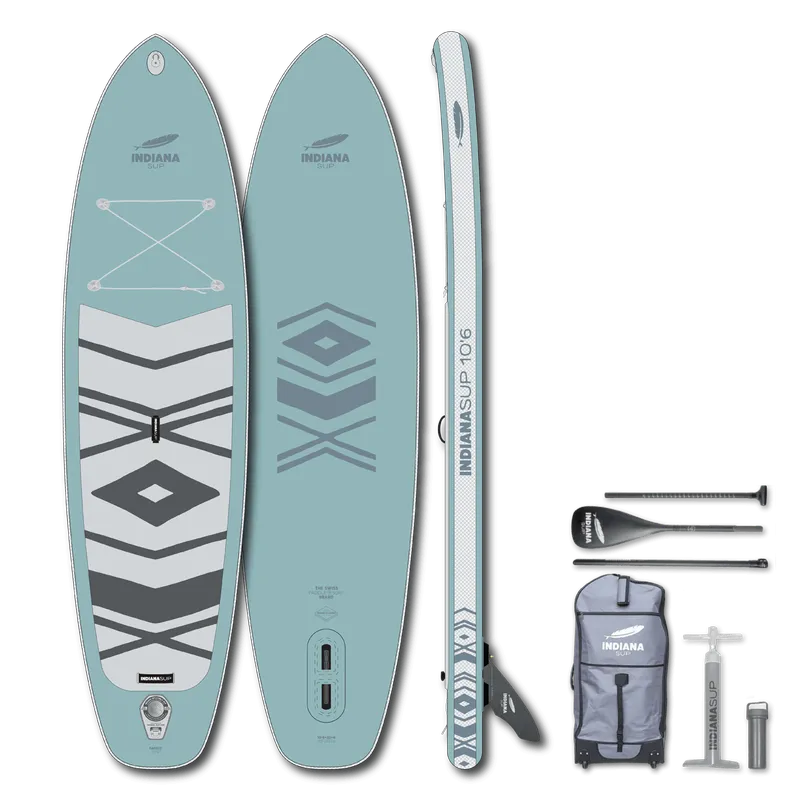Stand-up paddleboarding (SUP) is an exciting and versatile category of water sports characterized by its ability to maintain the rider's balance on a specially designed board while propelling themselves forward with a paddle on still or moving water. SUP has grown tremendously in popularity in recent years, offering a wide range of activities for adventurers, water sports enthusiasts and fitness lovers.
Key Features of Stand Up Paddleboarding:
- The SUP Board: The boards for stand-up paddleboarding are available in different sizes and shapes to meet the different needs of riders. They usually feature a stable platform on which the rider stands upright and provide sufficient buoyancy for paddling on the water.
- Paddles: SUP paddles are specifically designed to glide through the water efficiently, giving the rider control over direction and speed. They are available in different materials, weights and lengths.
- Versatility: SUP offers a variety of activities including relaxing cruising on calm waters, surfing on the coast, fitness training, racing and even yoga on the water. This versatility makes SUP an appealing water sport for all ages and fitness levels.
- Nature Experience: Stand-up paddleboarding allows participants to experience the beauty of nature from a unique perspective. Whether on a calm lake, a river, an ocean or a canal, SUP offers the opportunity to explore the surroundings in peace and observe the wildlife.
- Health and Fitness: SUP is not only entertaining, but also a great way to improve physical fitness. It requires the interaction of muscles, balance and endurance and can provide a demanding full-body workout.
Stand-up paddleboarding is a sport that is suitable for beginners and experienced water sports enthusiasts alike. It allows people to enjoy the joys of water, experience nature and be physically active at the same time. The versatility of the sport and the ability to practice it on different bodies of water make SUP a fascinating and rewarding leisure activity.





